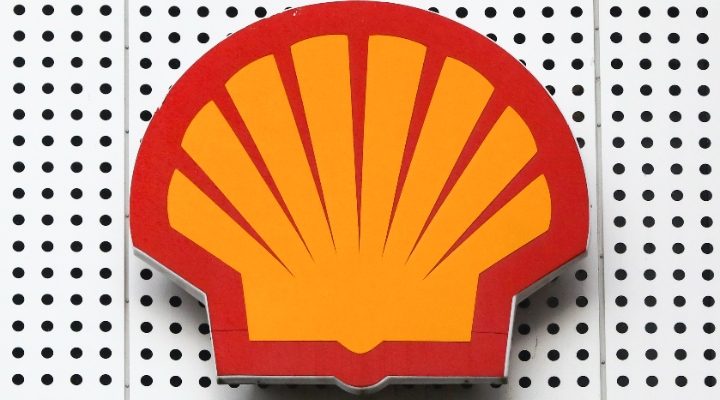The most pressing question on the minds of energy investors: How long will it take for the industry to work through the current period of oversupply and rebalance itself? The answer: Not anytime soon. Current supply imbalances are such that oil production as of today is effectively running two years ahead of demand.
Thanks to ongoing productivity improvements, cost reductions, and slowing decline rates, US shale’s cost-competitive growth potential is much greater than the market currently realizes. US tight oil has fundamentally altered the global supply picture, ensuring the industry has more low-cost resources to develop than it will need. Instead of a return to high long-term prices, the industry needs to find the oil price that can keep a lid on US shale activity, which we think will be $60 per barrel.
Declining US oil production over the next several quarters will help reduce global oversupply, but in our opinion, that alone cannot quickly fix the current global imbalances. For the market to approach any semblance of normalcy before 2017—and likely for prices to respond accordingly— requires one or more of the following:
- Saudi Arabia reverses course from its approach of maintaining market share at all costs and cuts
- Production global demand surprises to the upside from current expectations of 95 million barrels a day in 2016 and 95.9 in 2017
- A geopolitical event occurs. For example, political upheaval in Venezuela or another oil-exporting nation
Without one or more of these occurring, “lower for longer” looks to be the unavoidable near-term course for the industry. The potential for a significant amount of resources to become economically stranded is likely to foster continued pressure to drive down development and operating costs across the industry. This will result in cost compression at the marginal part of the cost curve, so that higher-quality oil sands and offshore projects can compete head-to-head with US shale.
These areas of the industry don’t have a choice; otherwise, US shale will produce them right off the map. We continue to believe upstream capital spending in the United States will fall sharply in 2016 for the second consecutive year as producers struggle to align budgets with cash flows. Reduced investment will translate to stronger output declines, and while it will not happen overnight, this will eventually help markets rebalance.
Sharp curtailments in oil-directed drilling activity could reduce US natural gas production growth in the near term, but the wealth of low-cost inventory in areas like the Marcellus and Utica ultimately points to continued growth through the end of this decade and beyond. Based on a more optimistic outlook for low-cost production—primarily as a result of slowing declines in associated gas volumes, as well as improved productivity and resource potential from the Marcellus and Utica—we recently lowered our long-term marginal cost for US natural gas to $3 per thousand cubic feet from $4.


























